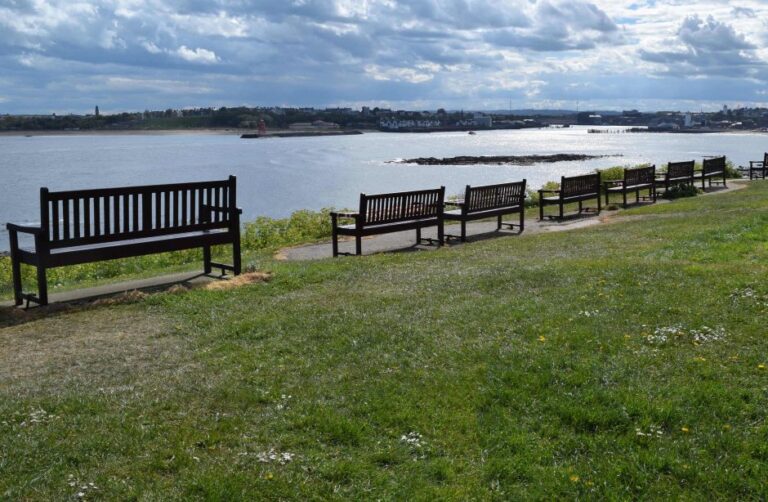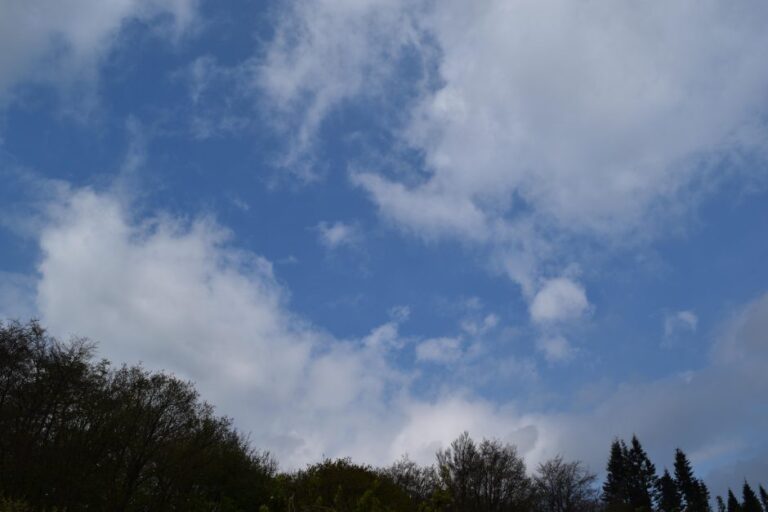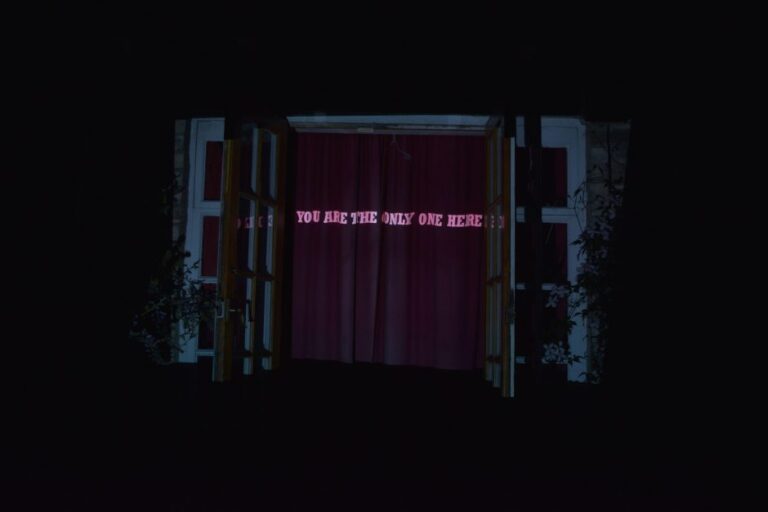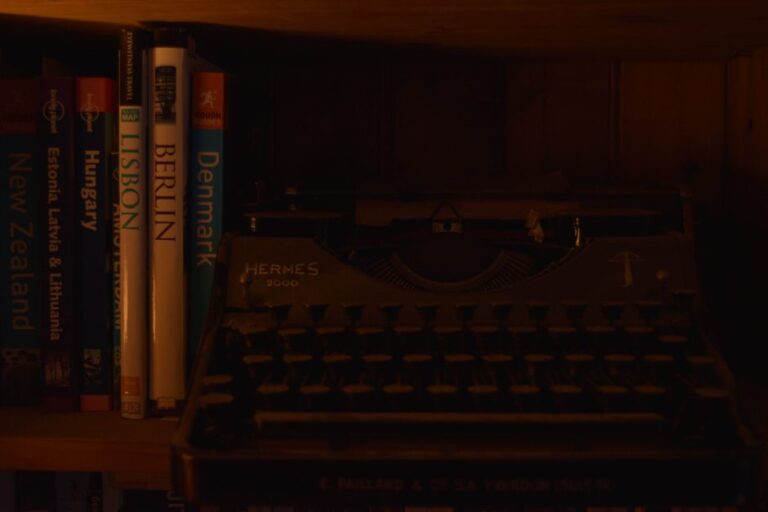In April I was commissioned by Historic England to photograph 7 days of Lockdown. They were running a national project and i had been selected as the north easts regional photographer.I don’t think of myself as a ‘lens based artist’ or even necessarily as a ‘photographer’. However, on reflection I do use photography a lot to document my ephemeral works and without those photographs my work would not exist in the same way. So i think it has sparked an interesting conversation with myself about my wider practice.
Running from Wednesday 29 April to Tuesday 5 May, the aim of the #PicturingLockdown project was to create a unique and reflective record of a week across the nation during this extraordinary moment in history.
Historic England wanted to spark a conversation about identity and its connection to history and place, and help people navigate their way through with reflection, expression and creativity.





